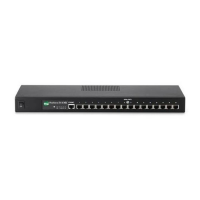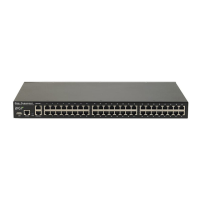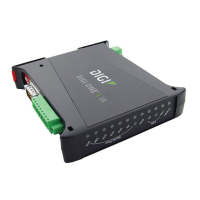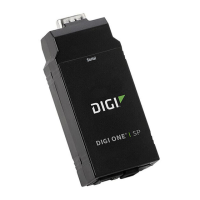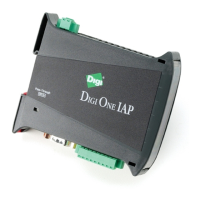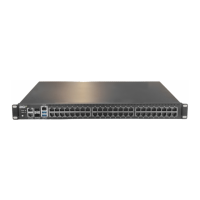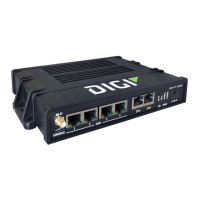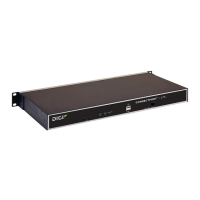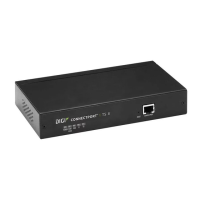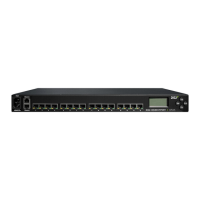90030500B Introduction Page 9
Ethernet connection and dynamic IP addressing
PortServer II requires an IP address to allow it to communicate on the Ethernet. This
can be assigned manually or, if a RARP (Reverse Address Resolution Protocol) server
is connected to the network, PortServer II attempts to acquire its IP address automati-
cally.
Each device that connects to a PortServer II can have its own IP address and, if it does,
PortServer II will route TCP/IP packets to and from the device transparently. This fea-
ture permits PortServer II to operate as a router between all IP addressable hosts that
are connected to its serial ports or to the Ethernet. PortServer II supports RIP (Routing
Information Protocol), allowing it to inform other routers of routes, and to learn new
routes from other routers.
You can configure PortServer II to use a pool of IP addresses for the devices that con-
nects to it. This approach avoids the need to configure an address for each individual
device or user. When a device or user requests a connection, PortServer II assigns the
next available IP address from the pool. Consequently, a device may have a different
IP address for each session.
Statistics and logging
PortServer II maintains a log of user activities, including login requests, time of login,
and services used. The content of the log is definable by the system administrator.
This log may be viewed by anyone who accesses PortServer II as
root
.
Statistics relating to PortServer II operation are also available from an SNMP
Manager.
Remote configuration
To allow PortServer II to be easily updated with new features, you can download new
software from a server using TFTP or Bootp commands.
You can also configure PortServer II’s system-specific parameters from a remote ter-
minal or host. PortServer II’s internal configuration can be retrieved by TFTP com-
mands, updated with a text editor, then reloaded into PortServer II.
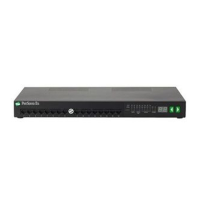
